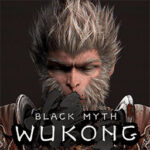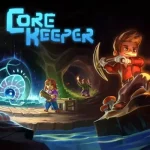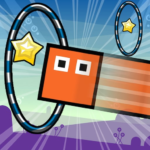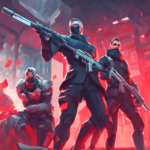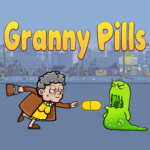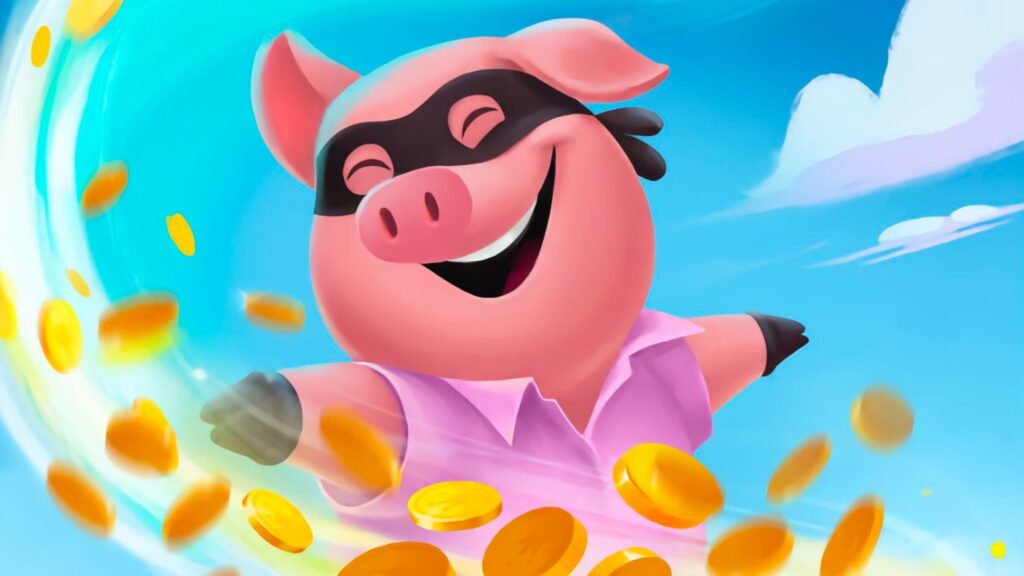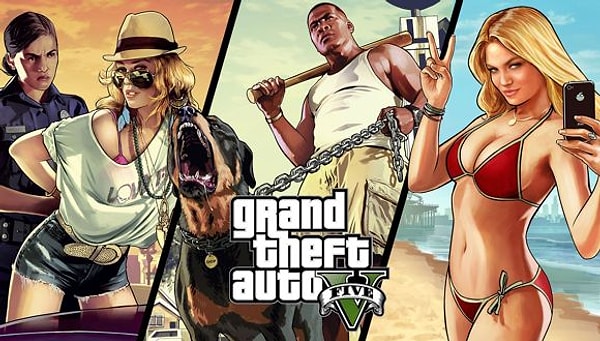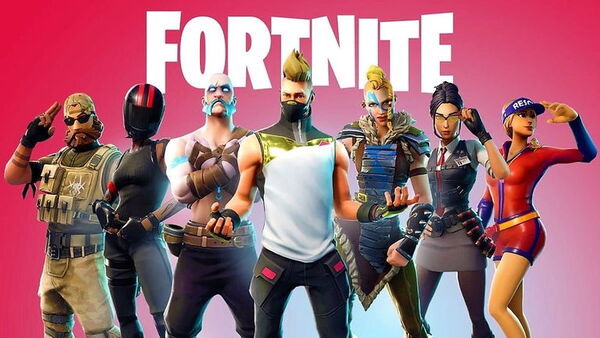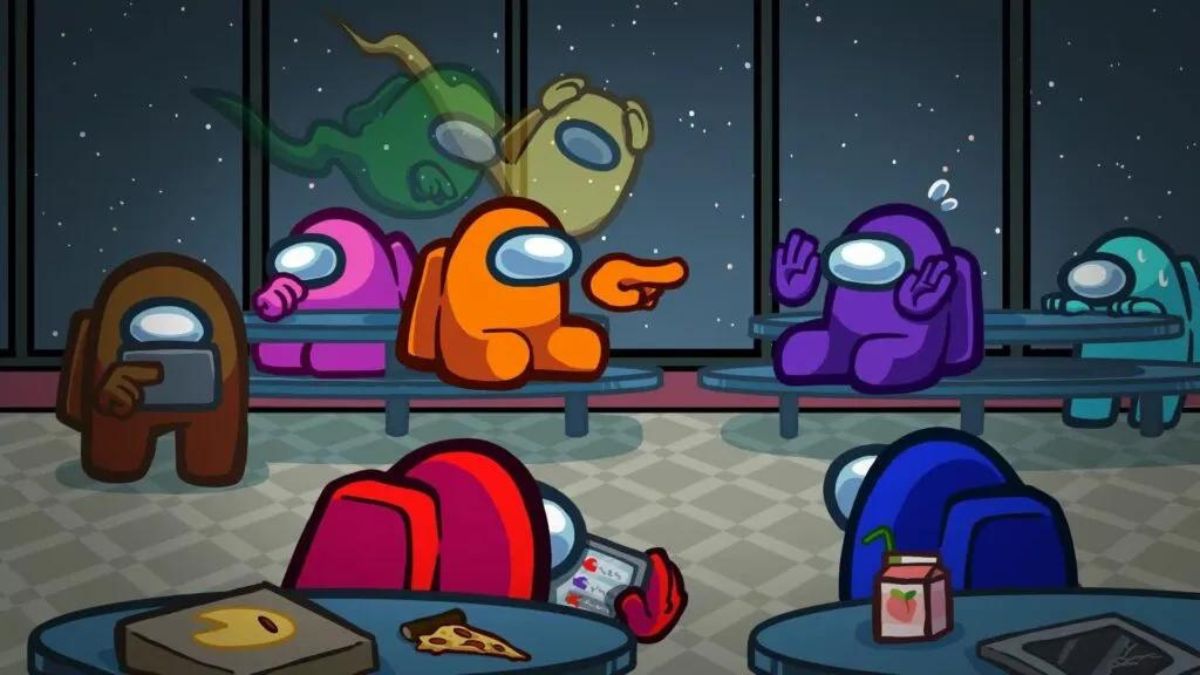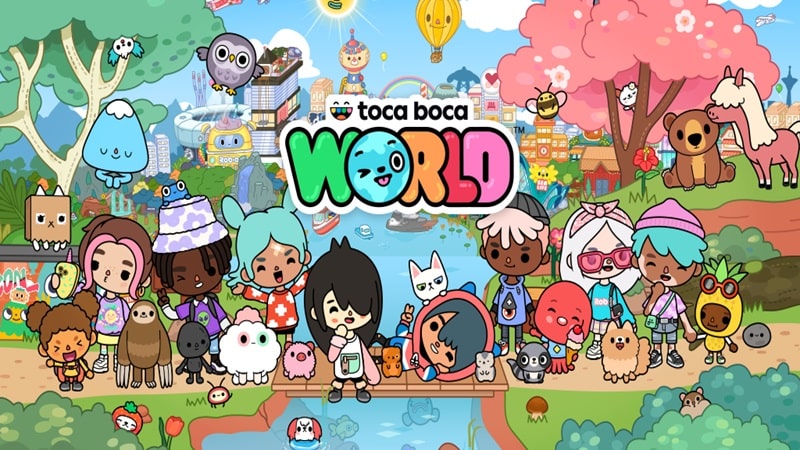LEAGUE OF LEGENDS – THE GLOBAL PHENOMENON THAT REDEFINED COMPETITIVE GAMING
Introduction: A Giant in the Arena of Esports
League of Legends (LoL), developed by Riot Games and released in 2009, stands today as one of the most influential and widely played multiplayer online battle arena (MOBA) games in history. With its free-to-play model, competitive balance, rich lore, and fast-paced strategic gameplay, League of Legends reshaped online gaming and paved the way for the rise of modern esports.
Boasting a player base in the hundreds of millions, an ever-expanding roster of champions, and a cultural footprint that spans music, animation, and global tournaments, League is more than a game—it’s a digital legacy that continues to evolve and expand year after year.
The Origins and Rise to Power
League of Legends was created as a spiritual successor to the Defense of the Ancients (DotA) mod for Warcraft III. When it launched in October 2009, it introduced a refined version of the MOBA formula, offering quicker matches, stylized visuals, and a standalone client that didn't require a base game.
Riot’s approach was different: a free-to-play title supported by cosmetic microtransactions and constant updates. This model proved revolutionary. League gained traction quickly and, within just a few years, surpassed millions of daily players worldwide.
Community engagement, responsiveness to feedback, and rapid patch cycles ensured that Riot stayed ahead of the curve in terms of balance, new content, and quality of experience.
Gameplay Mechanics and Core Objectives
In League of Legends, two teams of five players face off on a symmetrical map known as Summoner’s Rift. The objective is to destroy the opposing team’s Nexus, a structure located in their base, while protecting your own.
Each player selects a champion from a roster of over 160 unique characters. These champions fill specific roles—Top, Jungle, Mid, ADC, and Support—each contributing to a larger team dynamic.
Core gameplay elements include:
-
Last-hitting minions to gain gold
-
Leveling up and learning new abilities
-
Buying items to increase power
-
Vision control through wards
-
Team fights, skirmishes, and objective control
Strategy, reflexes, communication, and decision-making all play crucial roles in determining victory or defeat.
Champion Design and Role Diversity
One of League’s greatest strengths is its diverse champion roster. From magical yordles to cursed undead kings, no two champions are alike. Each has unique abilities, animations, and lore.
The five major roles offer varied experiences:
-
Top Lane focuses on bruisers and tanks, often isolated in 1v1 combat.
-
Jungle involves map control, objective stealing, and assisting teammates through ganks.
-
Mid Lane is home to assassins and mages, the heartbeat of early-game momentum.
-
ADC (Bot Carry) scales into late-game damage dealers, relying on positioning and protection.
-
Support sets vision, engages/disengages fights, and protects carries.
This variety allows players to find a playstyle that suits them best, whether they prefer aggressive tactics, strategic thinking, or protective teamwork.
Visual and Audio Evolution
While League’s early years were marked by simple models and basic animations, Riot has gradually overhauled its visuals to meet modern standards.
Over time, they've updated:
-
Champion models and voiceovers
-
Terrain and texture quality
-
Spell effects and clarity
-
User interface and in-game overlays
The result is a polished visual experience that enhances readability and immersion. Champions like Ashe, Warwick, and Fiddlesticks received reworks that transformed their gameplay and identity, breathing new life into older characters.
The sound design is equally polished, with impactful spell sounds, ambient battlefield audio, and champion voice lines that add flavor and lore depth to every match.
Game Modes and Event Diversity
Though Summoner’s Rift remains the core mode, League has experimented with several game types to keep players engaged:
-
ARAM (All Random All Mid) offers casual, fast-paced fun on a single-lane map.
-
Clash is a team-based tournament mode for amateur competitive play.
-
Rotating Game Modes like URF, Nexus Blitz, and One For All provide humor and chaos.
-
Teamfight Tactics (TFT), a separate auto-battler game mode, shares assets and lore with League.
These modes provide relief from ranked pressure and let players explore the universe of League in new ways.
Competitive Scene and Esports Legacy
Few games can claim the esports dominance of League of Legends. From grassroots competitions to sold-out stadiums, LoL esports is a global sensation.
The League of Legends World Championship (Worlds) is the highlight of the season, with millions watching live from across the globe. Teams from North America (LCS), Europe (LEC), Korea (LCK), China (LPL), and other regions battle for prestige, prize money, and the Summoner’s Cup.
Notable players like Faker, Uzi, and Doublelift have become legends, inspiring new generations of pros. Riot’s meticulous event production, music videos, opening ceremonies, and storytelling elevate League's esports to entertainment spectacle status.
Client and User Interface
League’s client has undergone multiple redesigns. Today, it features:
-
A customizable profile page
-
Ranked matchmaking and progression systems
-
Honor and behavior tracking
-
Champion mastery and collection tracking
-
Integrated store with skins, emotes, and chromas
Matchmaking prioritizes balance and skill, though queue times and toxicity still pose occasional challenges. Riot continues to refine systems for smoother player experiences.
Skins, Cosmetics, and Monetization
League’s free-to-play model is supported by an expansive cosmetics system. Players can purchase:
-
Skins that visually transform champions with new models, voice lines, and effects
-
Chromas for color variations
-
Ward skins, emotes, and icons
-
Battle passes during events
Riot’s skin design team is widely praised. Legendary and Ultimate skins like Spirit Blossom Thresh or Elementalist Lux are known for their creativity and quality. Events often tie into in-game cinematics, lore, and missions, creating immersive seasonal experiences.
Lore, Universe, and Expansions
League of Legends has evolved from a match-based MOBA into a full-blown universe. Riot has created deep backstories for each champion, tying them to factions like:
-
Demacia
-
Noxus
-
Ionia
-
Zaun
-
Piltover
-
Freljord
-
The Void
-
Shadow Isles
This lore comes alive through:
-
Cinematic trailers and animations
-
Short stories and comics
-
Music projects like K/DA and Pentakill
-
Arcane, the Emmy-winning animated series on Netflix
These expansions introduce new fans to the world of Runeterra even if they’ve never played the game.
Toxicity and Community Management
League has long struggled with in-game toxicity. Verbal abuse, rage quitting, trolling, and poor sportsmanship plague ranked games.
To combat this, Riot has implemented:
-
Honor systems with rewards for positive behavior
-
Instant feedback reports and punishments
-
Mute functions and report tools
-
Ongoing AI moderation improvements
While progress has been made, community culture remains one of the game’s biggest challenges. Riot continues to prioritize behavioral systems in their updates.
Conclusion
League of Legends is a game of incredible scale, complexity, and influence. From its humble origins to its reign as an esports titan and global brand, League has remained relevant through constant innovation, player engagement, and a deep commitment to its universe.
Whether you're a casual ARAM player, a diamond-ranked jungler, or a fan of Arcane, League offers something to explore, master, and connect with. It's not just about mechanics—it's about the stories, the rivalries, the triumphs, and the passion of millions.
Fifteen years in, and League of Legends shows no signs of slowing down.




